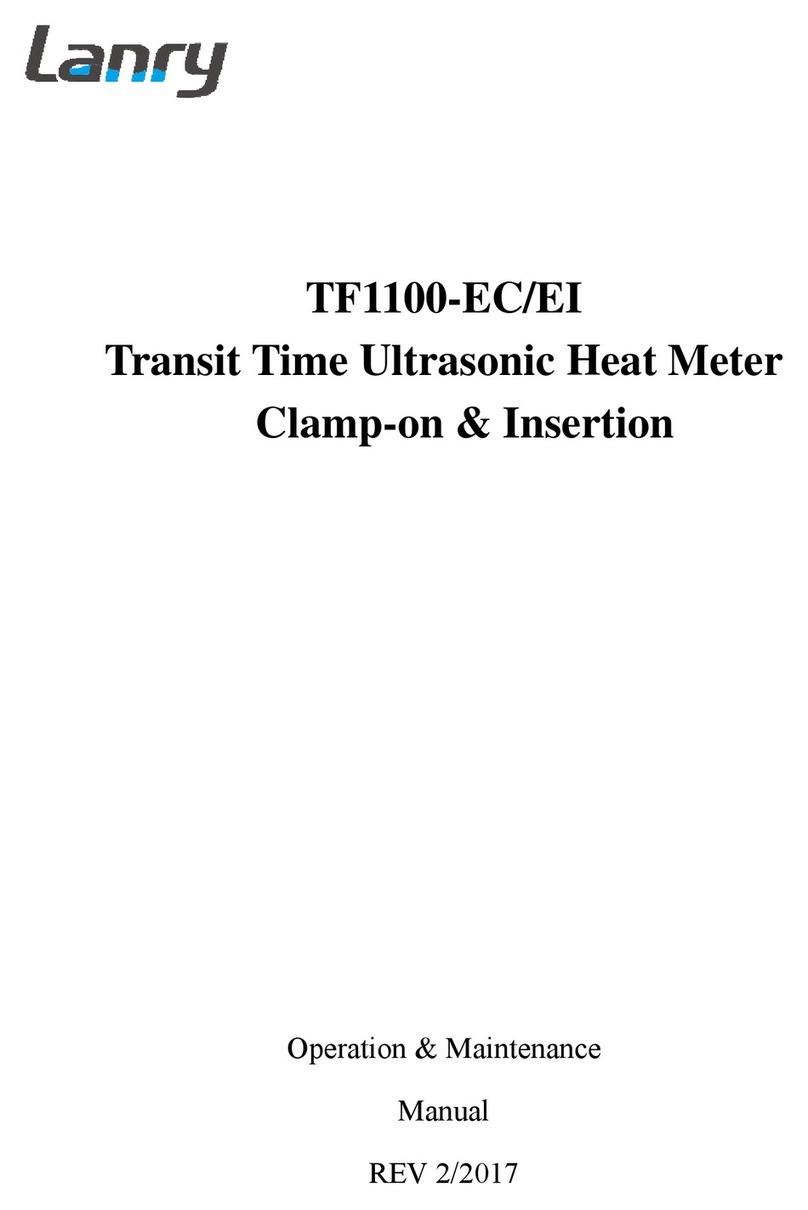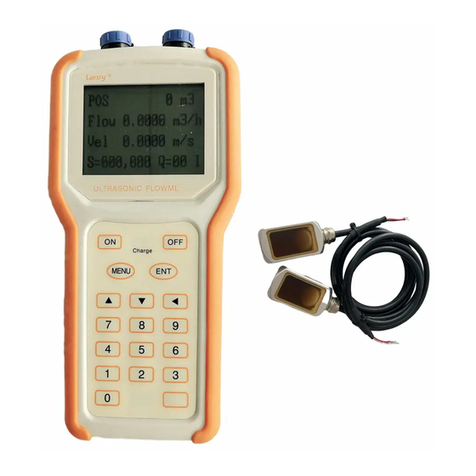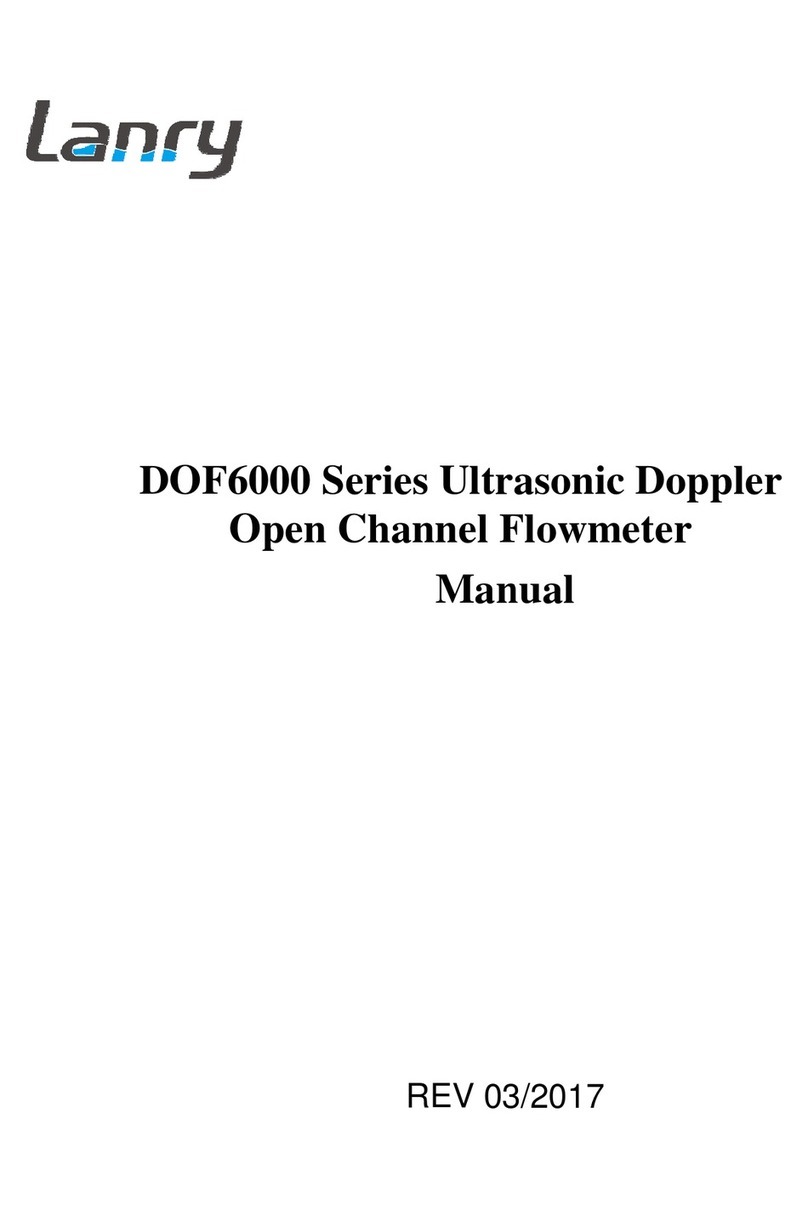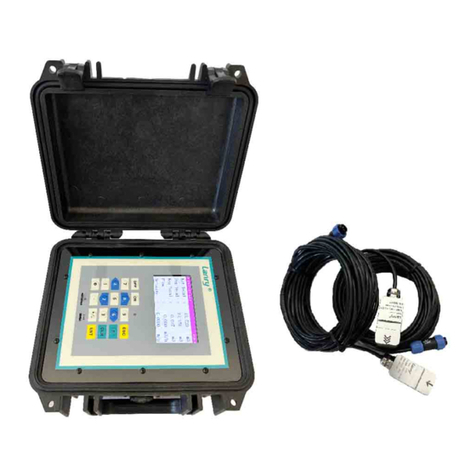
TF1100-EC/EI transit-time ultrasonic heat meter manual
CONTENTS
PART-1 INTRODUCTION .........................................................................................................................2
1.1 GENERAL ........................................................................................................................................... 2
1.2 PRINCIPLE OF MEASUREMENT .................................................................................................... 2
1.3 APPLICATIONS .................................................................................................................................. 3
1.4 FEATURES .......................................................................................................................................... 4
1.5 SPECIFICATIONS ...............................................................................................................................5
1.6 PARTS IDENTIFICATION ..................................................................................................................6
PART-2 TRANSDUCER INSTALLATION .............................................................................................. 7
2.1 GENERAL ........................................................................................................................................... 7
2.2 MOUNTING LOCATION ................................................................................................................... 7
2.3 TRANSDUCER SPACING ..................................................................................................................8
2.4 TRANSDUCER MOUNTING ...........................................................................................................10
2.5 TRANSDUCER MOUNTING INSPECTION AND COUPLANT APPLICATION ........................ 14
PART-3 TRANSMITTER INSTALLATION CONNECTION AND OPERATION
INSTRUCTIONS .......................................................................................................................................15
3.1 TRANSMITTER INSTALLATION ...................................................................................................15
3.2 TRANSDUCER CONNECTIONS .................................................................................................... 16
3.3 TRANSMITTER POWER AND OUTPUT CONNECTIONS ..........................................................17
3.4 KEYPAD CONFIGURATION ...........................................................................................................18
3.5 PIPE PARAMETER ENTRY SHORTCUTS ..................................................................................... 19
PART-4 WINDOWS DISPLAY EXPLANATIONS ................................................................................20
PART-5 ENERGY FUNCTION ............................................................................................................... 32
5.1 INTRODUCTION .............................................................................................................................. 32
5.2 WIRING CONNECTION .................................................................................................................. 33
5.3 ENERGY CALCULATION ............................................................................................................... 33
5.4 TEMPERATURE RANGE .................................................................................................................33
PART-6 TEMPERATURE SENSOR INSTALLATION ........................................................................34
6.1 PT1000 TEMPERATURE SENSOR ................................................................................................. 34
6.2 TEMPERATURE SENSOR INSTALATION .................................................................................... 34
(a) 6.2.1 CLAMP-ON TEMPERATURE SENSOR ................................................................................ 34
(b) 6.2.2 INSERTION TEMPERATURE SENSOR ................................................................................ 34
PART-7 HOW TO USE MENU FUNCTIONS ....................................................................................... 36
7.1 HOW TO JUDGE THE LIQUID FLOWING DIRECTION ............................................................. 36
7.2 HOW TO RESET THE DEFAULT SETUPS .....................................................................................36
7.3 HOW TO STABILIZE THE FLOW .................................................................................................. 36
7.4 HOW TO USE THE LOW FLOW-CUTOFF FUNCTION ............................................................... 36
7.5 HOW TO SETUP A ZERO POINT CALIBRATION ........................................................................ 36
7.7 HOW TO USE SCALE FACTOR ......................................................................................................37
































